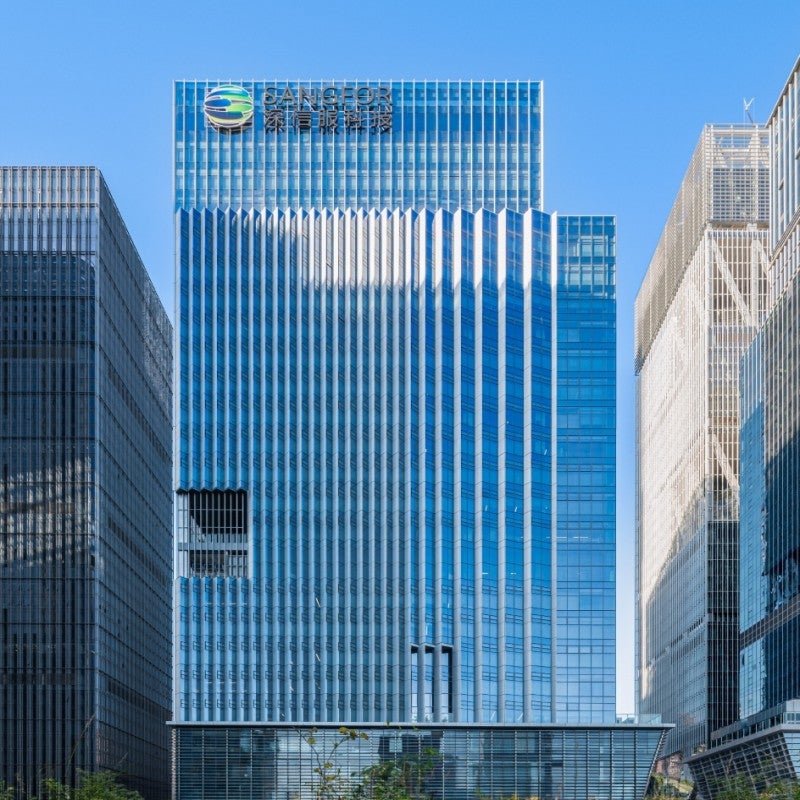As organizations modernize their IT infrastructure, many turn to hyper-converged infrastructure (HCI) for a simplified, scalable, and resilient approach to managing compute, storage, and networking. Two leading players in the HCI space are Sangfor HCI and VMware. While both offer robust capabilities, they differ significantly in architecture, usability, and cost. This article delivers a deep-dive comparison to help IT managers — especially those in small and medium-sized businesses (SMBs) — choose the right solution.

What is Hyper-Converged Infrastructure (HCI)?
Hyper-Converged Infrastructure integrates compute, storage, networking, and virtualization in a unified platform. Instead of relying on multiple discrete hardware components, HCI utilizes commodity x86 servers to deliver a software-defined data center (SDDC) experience — reducing complexity and enabling centralized control.
Overview: Sangfor HCI
Sangfor HCI consolidates compute, storage, networking, and security into one integrated platform. Built on standardized x86 servers, it simplifies the traditional hardware-dependent infrastructure by merging critical components into a unified software-defined stack. This approach is designed for both simplicity and high availability, making it particularly suitable for organizations seeking operational efficiency without sacrificing performance.
- The platform emphasizes simplified operations through a single integrated software stack that supports compute, storage, network, and security — all managed via a unified interface. Importantly, Sangfor uses a "one edition fits all" licensing model, eliminating the confusion of feature-based license tiers.
- In terms of stability, Sangfor HCI leverages a native multi-copy mechanism to ensure data integrity, complemented by built-in backup and integrated continuous data protection (CDP). These features support a comprehensive, one-stop disaster recovery (DR) framework to minimize business disruption.
- Security is also embedded into the core architecture. Sangfor includes a built-in web application firewall (WAF), a distributed firewall for micro-segmentation of east-west traffic, and an integrated Cloud Security Center featuring intrusion prevention (IPS) and endpoint detection and response (EDR).
- From a usability perspective, Sangfor offers a single-pane-of-glass management platform with a visualized GUI and intuitive step-by-step operation guidance. The platform’s WYDIWYG ("What You Draw Is What You Get") topology editor further enhances network management by allowing administrators to build and manipulate network topologies visually.
Sangfor vs Other Vendors: Feature Advantage Table
| Feature | Sangfor | Most Other Vendors |
|---|---|---|
| WYDIWYG visualized network management | ✓ | ✗ |
| Network virtualization | ✓ | ✗ |
| Security virtualization (NFVs) | ✓ | ✗ |
| Integrated CDP | ✓ | ✗ |
| One-stop DR & DR monitoring | ✓ | ✗ |
| Data tiering | ✓ | ✗ |
| Single edition licensing | ✓ | ✗ |
| aSEC (built-in cloud security center) | ✓ | ✗ |
| End-to-end vendor service & support | ✓ | ✗ |
| One-stop correlated security services | ✓ | ✗ |
Company Overview: VMware
VMware, Inc., now a subsidiary of Broadcom Inc., is a publicly traded U.S. company based in California. It was one of the first to commercialize x86 virtualization and now offers a wide range of virtualization and cloud solutions. VMware’s HCI solution typically includes vSphere, vSAN, NSX, and vCenter — with modular licensing depending on required features.
Module Comparison: Sangfor vs VMware
| Module | Sangfor | VMware |
|---|---|---|
| Compute Virtualization | aSV | vSphere |
| Storage Virtualization | aSAN | vSAN |
| Network Virtualization | aNET | NSX |
| Security Virtualization | aSEC | NSX (SDN-centric) |
| HCI Management | Built-in HCI platform | vCenter |
| Cloud Management | Sangfor Cloud Platform (SCP) | vRealize Suite |
| Cloud-native Platform | Sangfor Kubernetes Engine (SKE) | Tanzu |
| AIOps | SkyOps | Aria |
Sangfor's Built-In Management Advantages
Unlike VMware, Sangfor includes its HTML5-based management platform by default. This means:
- No additional software installation
- No extra licensing cost
- Distributed architecture with no single point of failure (SPOF)
- Simplified, visualized network and resource management
In contrast, VMware vCenter requires a separate deployment and license, runs in active-standby mode (still subject to SPOF), and adds to operational complexity.
Backup and Data Protection
Sangfor HCI offers comprehensive data protection features out of the box:
- Integrated backup engine
- Fine-grained backup intervals
- Built-in CDP for mission-critical apps
- Snapshot consistency groups
- Unified GUI and DR wizard
VMware, on the other hand, requires integration with third-party backup solutions, which:
- Increases cost
- Introduces a separate management plane
- Adds complexity for small IT teams
Sangfor Delivers Higher Performance and Lower TCO
Key performance-related features included in Sangfor HCI:
- Data Tiering
- Data Locality Awareness
- vGPU support (standard)
- SSD Life Prediction
- Disk Bad Sector Scanning & Repair
- Linked Full Clones
By contrast, VMware's standard editions do not support features like vGPU, data tiering, or predictive SSD health, unless upgraded to premium licenses or integrated with third-party tools.
Commercial Simplicity & Licensing
Sangfor HCI:
- One-size-fits-all licensing (Enterprise Pro)
- No extra charge for nodes not contributing storage
- Only 3 nodes needed to maintain 3 data copies
VMware:
- Modular licensing per component (vSphere, vSAN, NSX, vCenter, etc.)
- Non-contributing storage nodes still require licensing
- 5-node minimum for 3 data copies in vSAN clusters
Security Comparison
While VMware NSX offers software-defined networking and basic firewalling (L4), it generally requires third-party solutions for full L4–L7 protection. Sangfor HCI includes:
- Virtual WAF for management console protection
- East-west traffic segmentation
- Integrated distributed firewall
- IPS and EDR as part of Sangfor Cloud Security Center (aSEC)
This makes Sangfor particularly well-suited to organizations that want embedded security without complex integration.
Feature Matrix Summary
| Feature | Sangfor | VMware |
|---|---|---|
| Architecture | aSV + aSAN + aNET + aSEC | vSphere + vSAN + NSX + vCenter + NSX Manager |
| WYDIWYG Visualized Network | ✓ | ✗ |
| Scheduled Snapshots / Snapshot Consistency | ✓ | ✗ |
| Linked Full Clone | ✓ | ✗ |
| Backup & CDP | ✓ Built-in | 3rd party required |
| Data Tiering | ✓ | ✗ |
| Data Locality | ✓ | ✗ |
| vGPU Support | ✓ | Not in standard edition |
| SSD Life Prediction | ✓ | ✗ |
| Disk Bad Sector Repair | ✓ | ✗ |
| Minimum Cluster Size (3 copies) | 3 nodes | 5 nodes |
Use Case Fit: Sangfor vs VMware
| Use Case | Sangfor | VMware |
|---|---|---|
| SMB with limited IT staff | ✓ | Requires more expertise |
| Organizations needing integrated backup & DR | ✓ | Requires 3rd-party tools |
| Businesses needing built-in security | ✓ | NSX with 3rd-party add-ons |
| Environments with visual-first management | ✓ | ✗ |
| Large enterprises with modular architecture needs | ✓ | ✓ |
Final Thoughts
Sangfor HCI is purpose-built for businesses seeking a simplified, secure, and integrated HCI platform. From visualized network topology to built-in backup, DR, and security, Sangfor delivers a single-stack solution that significantly reduces operational burden. VMware, while a pioneer in virtualization, often requires multiple licenses, installations, and integrations — making it best suited for large enterprises with specialized IT resources.
If you're looking to modernize your data center in 2025 with a cost-effective and easy-to-manage solution, Sangfor HCI offers a compelling alternative. Contact us to learn more about how Sangfor HCI can simplify your IT operations and boost infrastructure resilience.
Disclaimer: This comparison is based on Sangfor’s interpretation of publicly available data as of 11 Feb 2025. The information is intended to provide a general comparison of features, performance, and licensing options and may not be exhaustive. Readers should verify product details with official vendor sources before making any purchasing decision. Sangfor makes no warranty regarding the accuracy, completeness, or suitability of this information. Specifications and features may change without notice.





